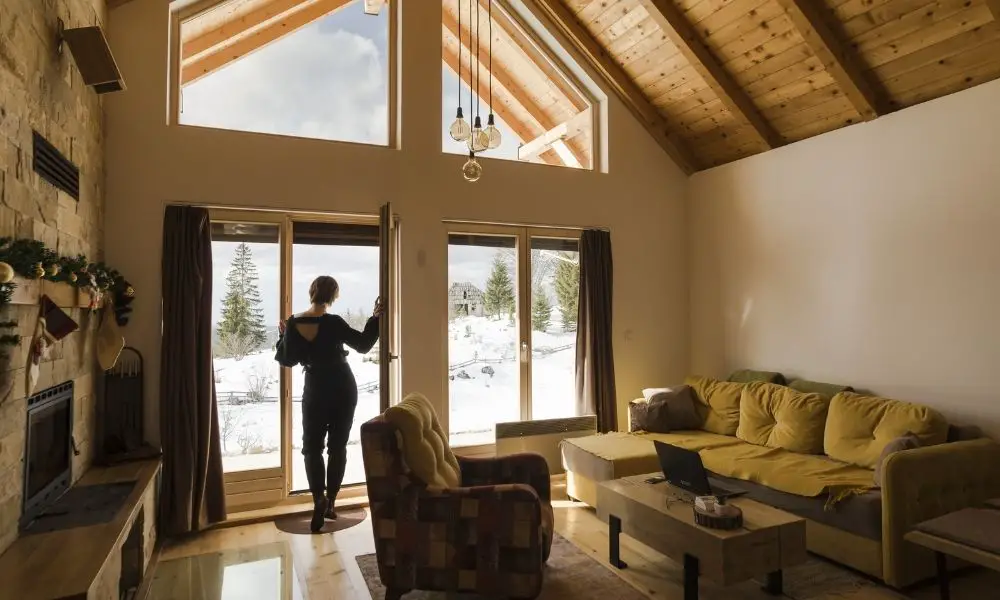

We’ve all had the impulse to live off the grid, pulling stakes and setting up a home in the woods, desert, hills, or elsewhere, far away from civilization. But thinking about it and doing it are two different things. And doing it requires more thinking that you might realize. However, if you’re ready to set up a homestead that’s unconnected and independent, know that it’ll be difficult, but it can be done. Here’s how to prepare and organize to go off the grid.
The Internet is a repository of information about surviving and thriving, but it won’t do you much good if you can’t access it. Learn as much as you can about off-the-grid living. There are plenty of online and in-person courses available that can walk you through the basics before moving on to more advanced practices. Study up on living without gas, electricity, water, and other necessities, and learn how you can provide your own. Invest in a library of off-the-grid living books and keep them handy when Google is just a memory.
More than likely, you can still live in your town or city and have your home disconnected from all utilities, but it’s a ling and laborious process, and one that may involve following building codes, fines, and more. It’s better to find property off the beaten track. Watch for property listings on Craig’s List, social media, auctions, sheriff’s sales, real estate companies, and even roadside signs in the area you’re most interested in moving to. Consider whether the ground is fit for building, or if the pre-existing structures are easily repaired. You’ll need access to clean water as well, which may not be easy if you need to drill a well, if water rights belong to someone else, or if the nearby lake is unfit.
Here’s another tip on how to prepare and organize to go off the grid. Be ready to rough it but realize that there will be times when access to electricity is vital. Setting up a solar panel array connected to a bank of batteries is a fine idea, but take stock of what sort of tools and other devices you may need to run on the site, how much power they require, how much sun you get during the year, and any emergency situations that might arise.
If you choose to live near a small town, you might be lucky enough to have access to a small grocery store or other facility where you can buy your daily meals. If not, be ready to grow your own food. On average, you need about five acres to feed one person, but that’s a generous approximation. It doesn’t consider raising animals for meat and milk as well, and the like. Be sure you can feed yourself and your family, or your off-the-grid life will end sooner than you think!
Discover how woven metal fabric transforms restaurant design with its versatility, from feature walls to…
Upgrading your workspace? Get inspired by design ideas for materials, lighting, and amenities, and tips…
In recent years, the global interest in peptides has surged due to their wide-ranging benefits…
Maximize your workspace without overspending. Explore practical ways to expand your office using smart layouts,…
Discover how to create a thriving STEM community through hands-on, collaborative projects that are perfect…
Understanding the common causes of delays during facility relocations can save you time, money, and…